Molybdenum Alloys In Medicine: Advancing Healthcare Technologies
The field of medicine is in constant progress, and with technological advancements new materials are used in healthcare. One such material is Molybdenum Alloys. These alloys provide high strength, corrosion resistance and high temperature stability and are applied in various medical devices and equipment. In this article we examine the applications of Molybdenum Alloys in medicine and explain how they contribute to improved patient care and technical solutions in healthcare.
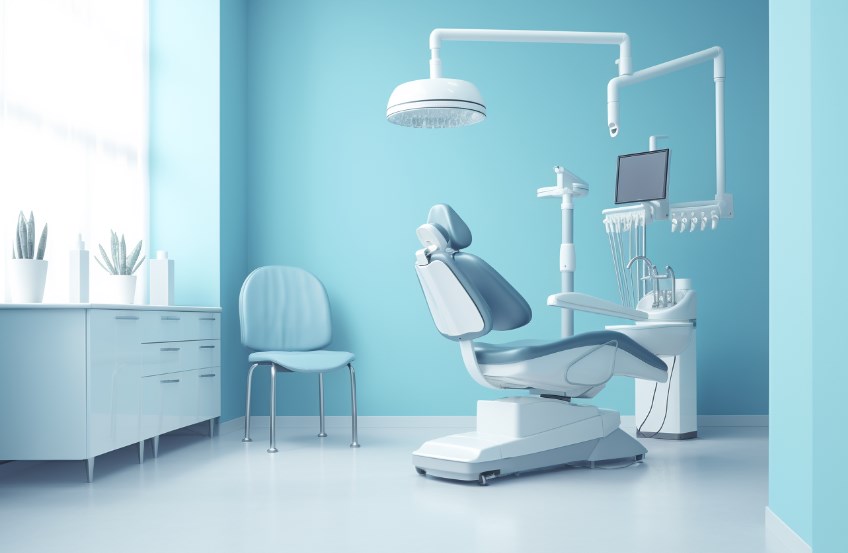
1. Imaging Devices
One of the principal areas in which Molybdenum Alloys are used is in medical imaging devices. Components made from Molybdenum are frequently used in X‑ray machines and computed tomography (CT) scanners. Given their high melting point and excellent thermal conductivity, these alloys are particularly suited for X‑ray tube anodes. They must withstand elevated temperatures during operation. Consequently, the imaging procedures become more precise and faster, thereby benefiting both patients and clinical staff.
2. Radiation Therapy
Molybdenum Alloys are used in radiation therapy. This treatment is a significant aspect of cancer care. In devices such as linear accelerators, components made from Molybdenum are employed because they withstand high‑energy radiation. The alloys help to shape and direct the radiation. They ensure that the radiation targets cancer cells while minimising damage to adjacent healthy tissue. Consequently, treatment efficacy improves and side effects are reduced.
3. Orthopaedic Implants
Orthopaedic procedures frequently require strong and biocompatible materials for implants. Molybdenum‑based alloys, particularly those that contain Titan and Zirkonium, are used in the manufacture of implants such as hip and knee prostheses. These alloys are durable and corrosion resistant in the human body. Consequently, they provide long‑term support and pain relief for patients with joint disorders.
4. Dental Instruments
Molybdenum is also applied in dentistry. Dental instruments, including forceps, scalpels and mirror handles, are produced using Molybdenum because of its high strength, corrosion resistance and capacity to retain sharp edges. This enables dental practitioners to perform treatments precisely and efficiently, thereby improving clinical outcomes.
5. Neurosurgical Instruments
In neurosurgery, where precision is essential, instruments made from Molybdenum play a valuable role. Neurosurgeons use these instruments because they provide high strength and durability. Molybdenum retains its cutting edges after repeated use. Consequently, this property is critical when operating on the brain and spine.
6. Cardiology Devices
Molybdenum Alloys are also utilised in cardiology. Devices such as pacemakers and implantable cardioverter‑defibrillators (ICDs) often incorporate Molybdenum components. Given their biocompatibility and corrosion resistance, these alloys help to ensure the longevity and reliability of these devices, which are essential for patient survival.
7. Research and Development
Beyond medical devices, Molybdenum Alloys are important in scientific research. In laboratories, they are used in harsh chemical environments to maintain the accuracy of experiments and analyses. Consequently, experimental processing times can improve while maintaining reliable results.
With technological progress, Molybdenum Alloys are likely to assume a more significant role in the healthcare sector. Their combination of properties, including biocompatibility, strength and corrosion resistance, makes them a valuable material for developing modern medical devices and technologies. In summary, Molybdenum Alloys advance diagnostic imaging, increase the durability of surgical instruments and support precise research. Given ongoing developments in medical science, further applications of these alloys are expected to lead to improved patient care and scientific progress.

 Bars
Bars
 Beads & Spheres
Beads & Spheres
 Bolts & Nuts
Bolts & Nuts
 Crucibles
Crucibles
 Discs
Discs
 Fibers & Fabrics
Fibers & Fabrics
 Films
Films
 Flake
Flake
 Foams
Foams
 Foil
Foil
 Granules
Granules
 Honeycombs
Honeycombs
 Ink
Ink
 Laminate
Laminate
 Lumps
Lumps
 Meshes
Meshes
 Metallised Film
Metallised Film
 Plate
Plate
 Powders
Powders
 Rod
Rod
 Sheets
Sheets
 Single Crystals
Single Crystals
 Sputtering Target
Sputtering Target
 Tubes
Tubes
 Washer
Washer
 Wires
Wires
 Converters & Calculators
Converters & Calculators
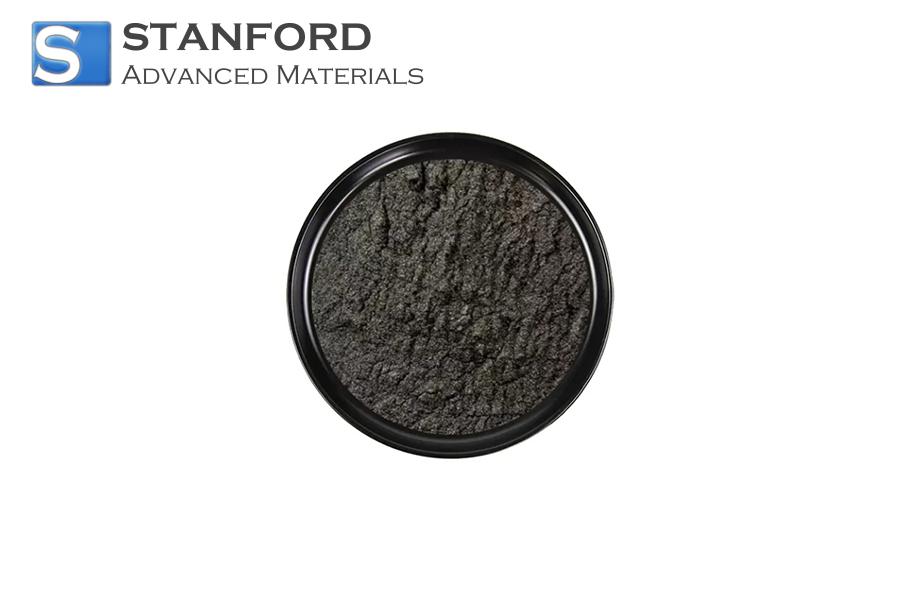
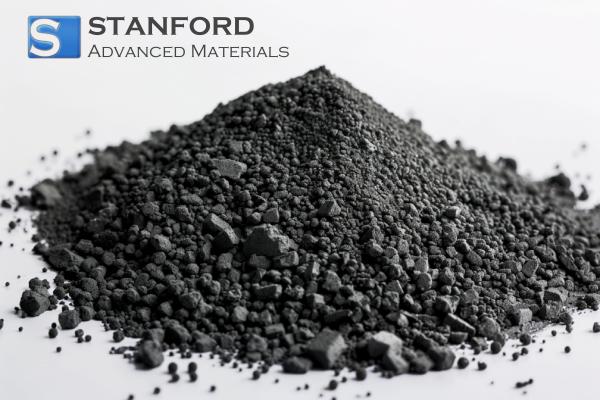
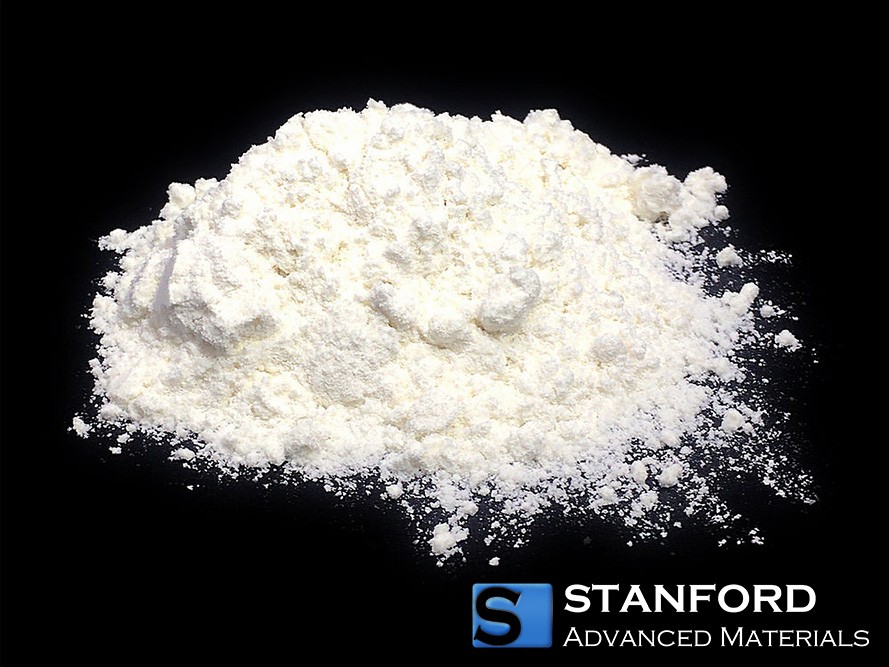
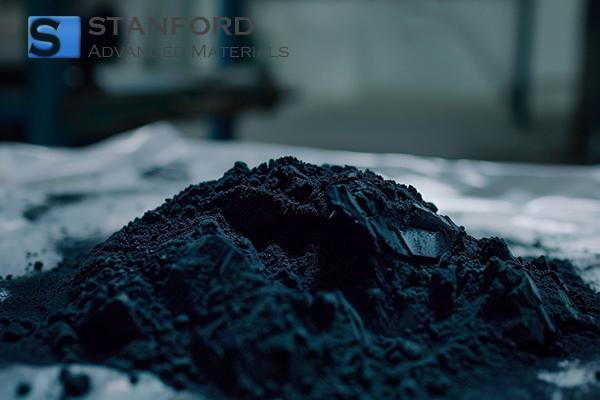
 Chin Trento
Chin Trento



